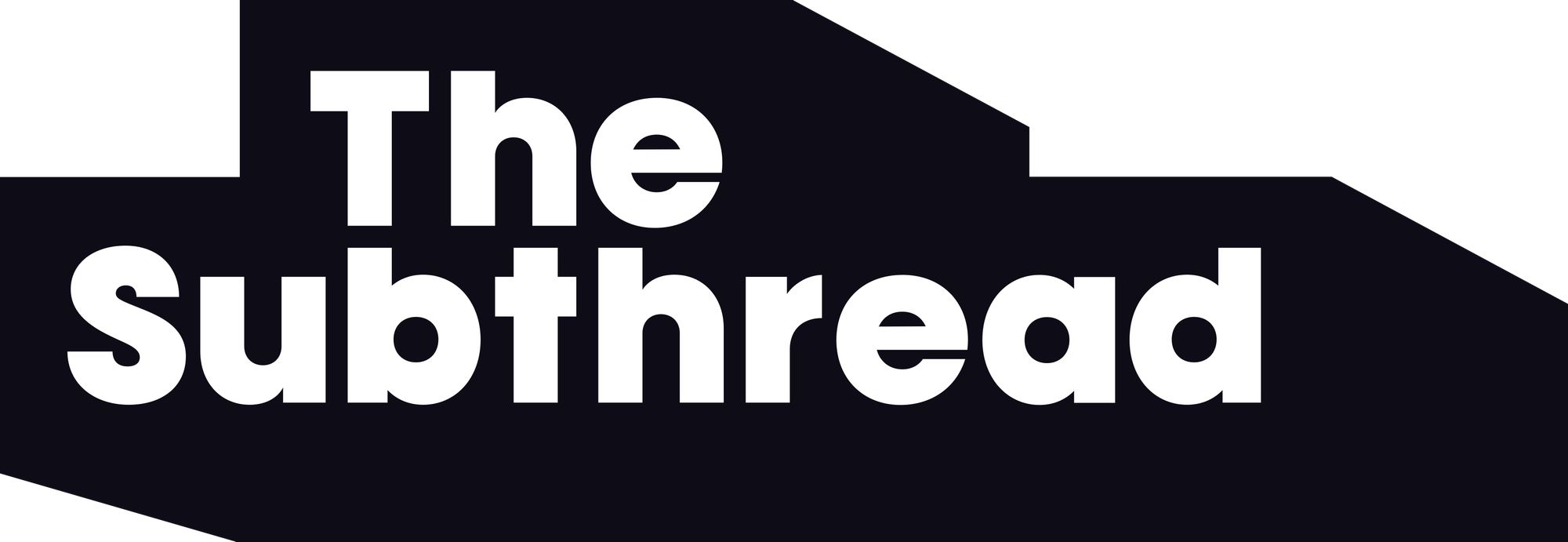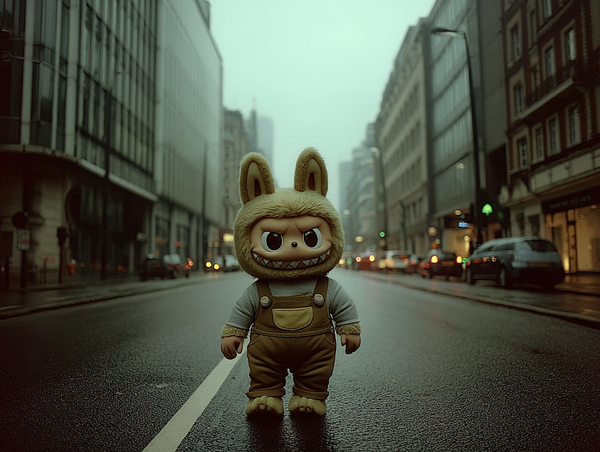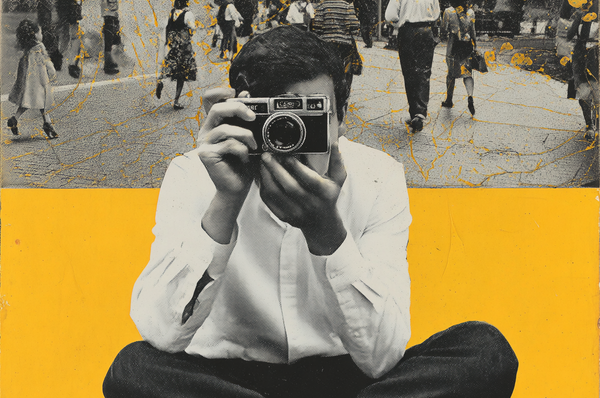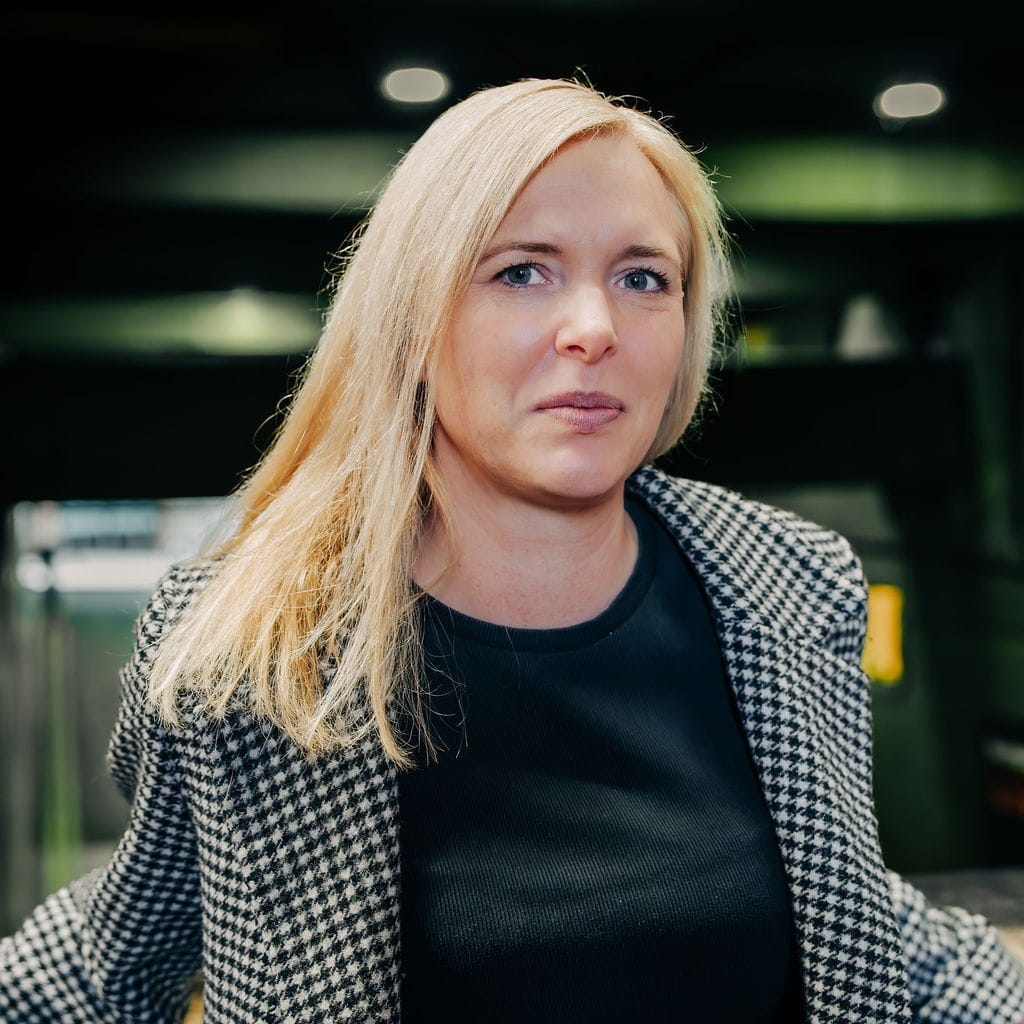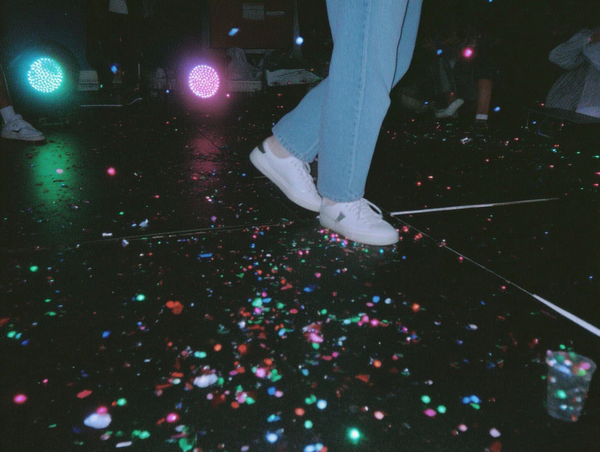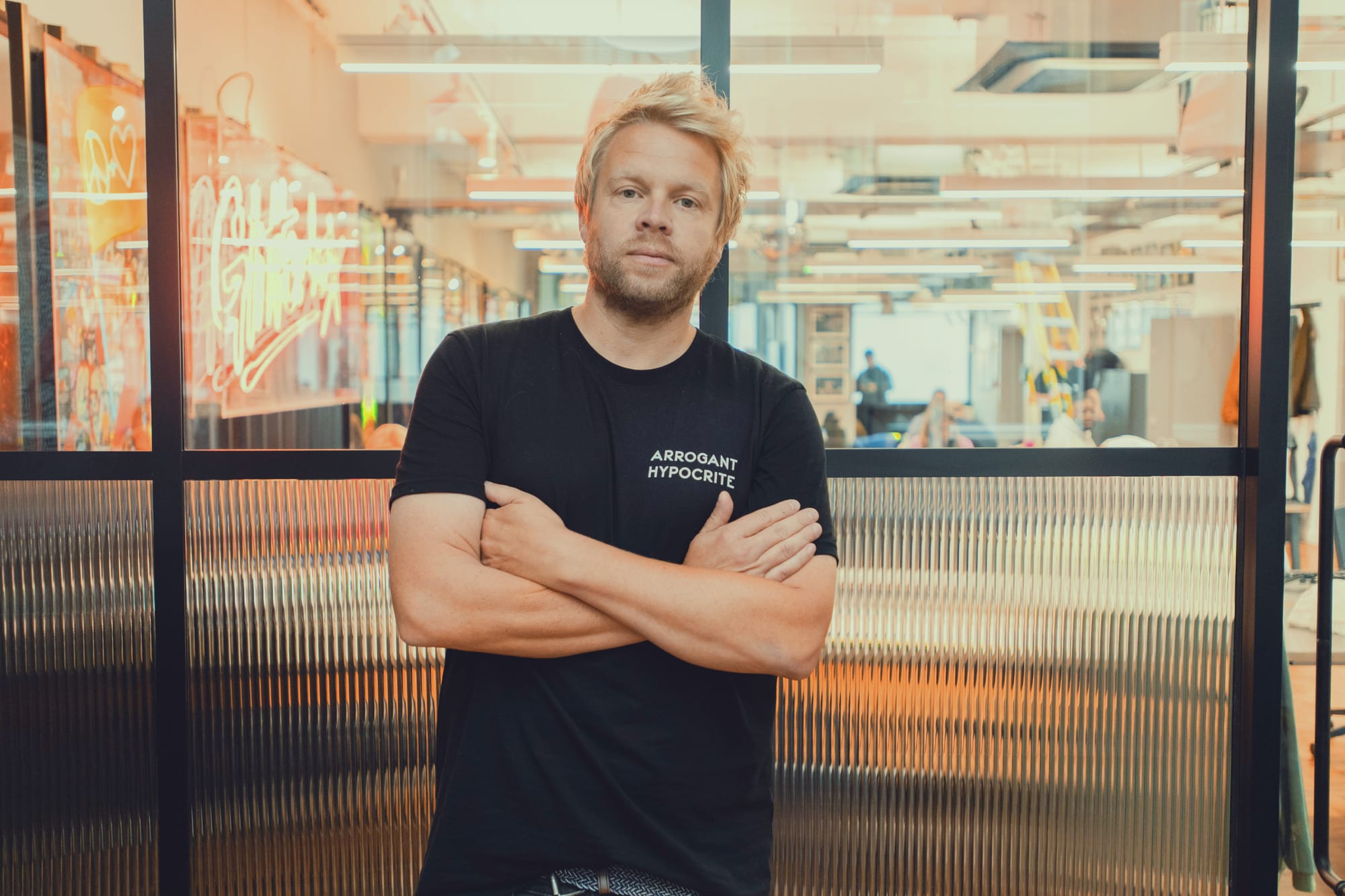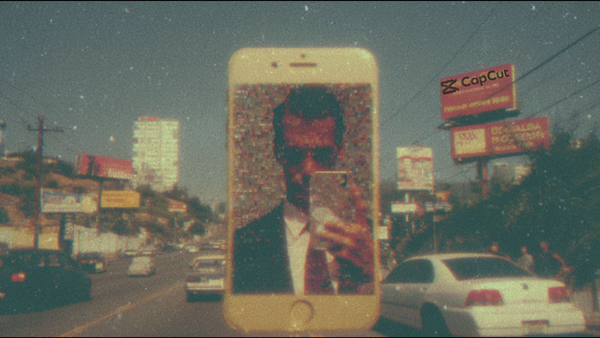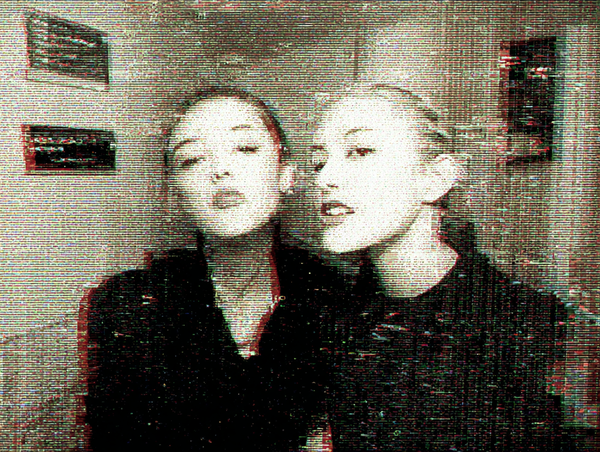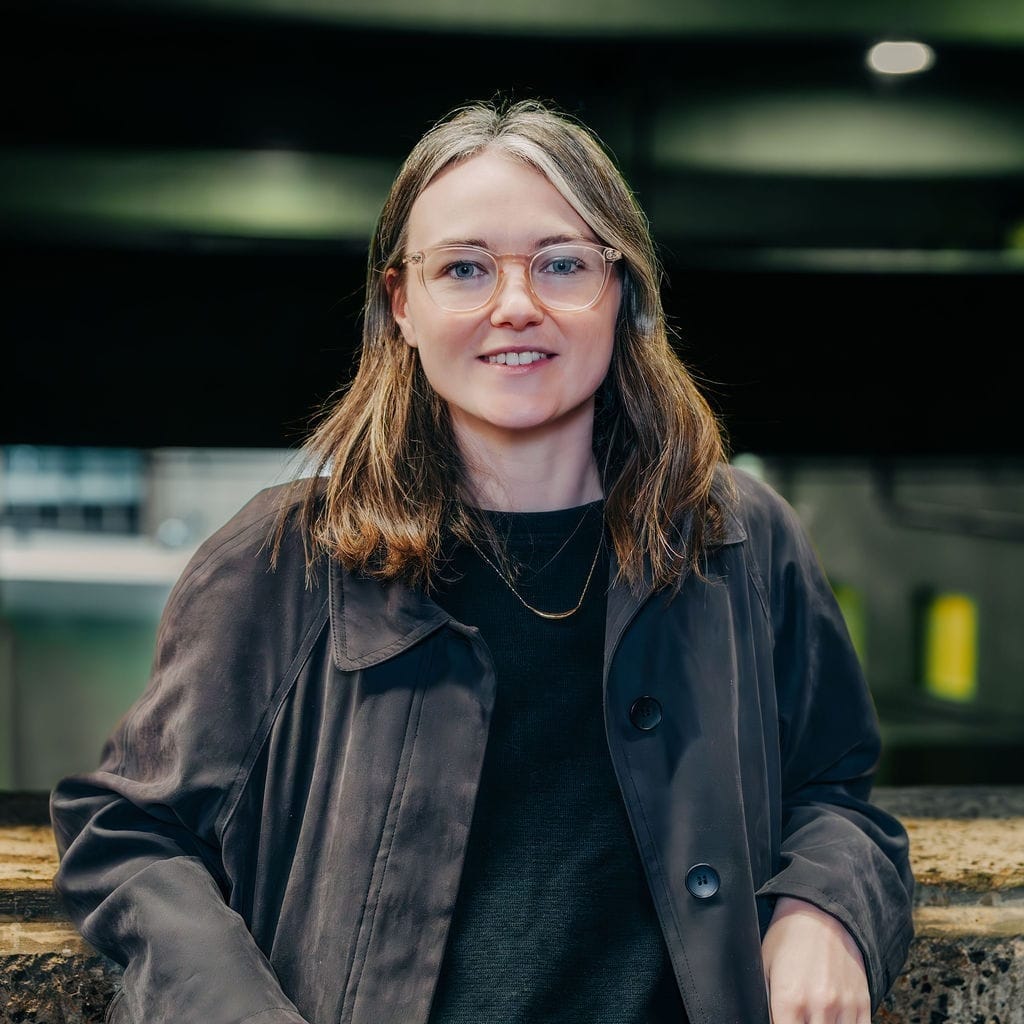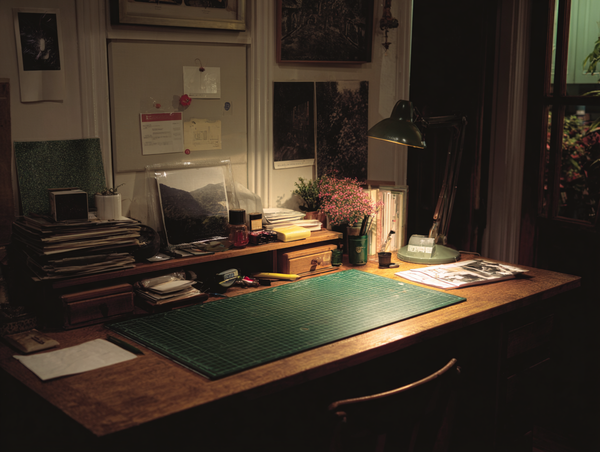Open Instagram or TikTok and you’ll see it: the same memes, the same matcha lattes, the same “cool” aesthetics, the same Labubu dolls and Liquid Death lookalikes again and again… There are entire accounts dedicated to charting the irony of this sameness.
Partly, fine – everyone wants to look current. But when everyone jumps on the same wave, everything blurs into one. That’s the TikTokification of culture: marketing stuck reacting to the latest thing, instead of looking at what sits underneath.
Fast Culture vs. Slow Culture
I think about this as fast versus slow culture, culture on two speeds. Fast culture is the visible stuff, the looks, memes, formats, jokes. It spikes, spreads, disappears. It is shiny, easy to copy and has a short half-life.
But slow culture is deeper. It contains the values, habits, feelings and how people want to live. It moves slowly but it shapes the fast layer.
